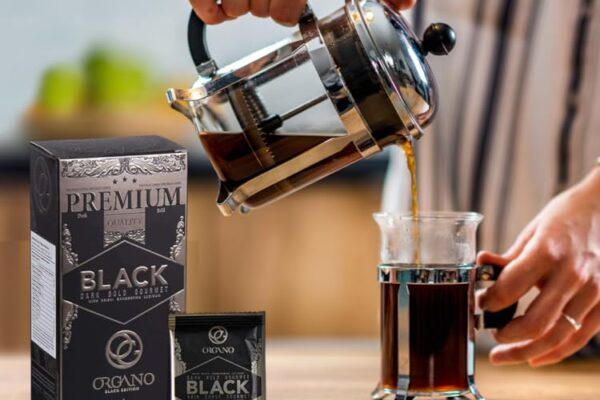Blog
How to Prepare Tea From Ganoderma Tsugae
Ganoderma lucidum (Ling Chih in China or Reishi in Japan), also known as Ling Chih or Reishi has been used for more than 7,000 years to treat everything from insomnia and arthritis to hepatitis, cancer, and even AIDS. Many consider the mushroom’s name fitting; in Chinese its meaning means spiritual mushroom.
Ganoderma fungi are easily distinguished from their competitors by the thick fruiting bodies they produce on decayed wood, featuring thick tubes running beneath their caps to discharge spores through holes or pores on their undersides. Furthermore, their double-walled spores stand out due to their mantle-like appearance – an attribute which contributes to global proliferation of this group of fungi.
North American fruiting bodies that produce fruiting bodies are known as polypores and include G. lucidum and its relatives as well as Hemlock Reishi (Ganoderma tsugae). The name polypore refers to its many pores on its underside; typically this number ranges between hundreds and thousands, producing brown spores upon their release. Furthermore, these mushrooms belong to an even wider category known as shelf or bracket fungi.
Hematologic tonics are known to help promote healthy blood and reduce oxidative stress in humans and animals alike. Ganoderma tsugae, one such tonic found exclusively on eastern hemlock trees in northern Wisconsin’s forests, was harvested sustainably using hand foraging techniques in order to preserve the ecosystem of our forest ecosystems. Our quality hematologic tonics can then be sold as growing blocks or plugs for people interested in cultivating their own reishi.
This hematologic tonic is well-known for its adaptogenic properties, which may help humans cope with stress and improve general well-being. Widely used throughout East Asia as an immune system stimulant and protective against oxidative damage to liver, kidneys, brain, heart and lungs as well as being believed to act as natural antidepressant; studies suggest its potential effectiveness against chronic diseases like diabetes, high cholesterol and inflammation.
Ganoderma tsugae contains polysaccharides which may contribute to its medicinal effects. These polysaccharides, known as Ganoderic acids, have been shown to protect against oxidative stress, increase energy production in cells, stimulate new blood vessel growth and decrease inflammatory reactions. Furthermore, Ganoderma tsugae-derived tonics have also been proven effective at improving chemotherapy and radiation therapies for leukemia patients, and lessen severe neutropenia associated with these treatments.
But due to the complex chemical composition of fungus and its compounds, attributing specific medicinal effects is extremely challenging and sometimes unprovable. Further, depending on its species and maturity stage, effective compounds may differ by 400% when tested in human trials, necessitating someone consuming enormous quantities of one particular fungus to achieve statistically significant results.



